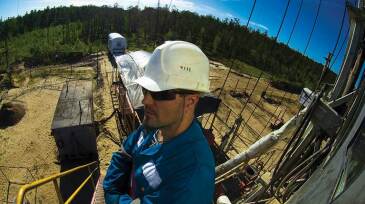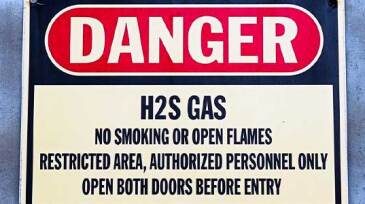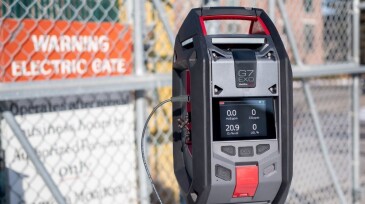safety
-
The device allows for increased worker safety by monitoring surroundings and connecting to managers in real time.
-
The project would evaluate oil and gas extraction workers’ sleep, fatigue, and other related factors, as well as their relationship to industry-associated risks.
-
Proposed revisions to 2019 Well Control Rule aim to bolster safe and environmentally responsible energy operations.
-
"Our safety record is unacceptable, and improvements must be made," Kris Smith said.
-
Given that hydrogen sulfide is such a risk to workers, care must be taken to protect and prevent exposure, particularly when working with lesser-known methods and in more dangerous settings, such as sour-gas fields and the sweetening process.
-
Connected safety is growing, including in the oil patch. And it is tied to the wearable technology so prevalent today.
-
The two organizations recently signed a letter of cooperation. The agreement creates an opportunity to accelerate the practical application of human factors in the energy industry and create a bridge between energy industry professionals and human factors experts.
-
Together in Safety’s recent report “Future Fuels Risk Assessment” uses operational scenarios across industries to evaluate the safety implications of using methanol, LNG, hydrogen, and ammonia as fuel.
-
The International Association of Oil and Gas Producers has published its annual safety report for 2021. The report shows an increase in fatalities to 20 from 14 in 2020.
-
Technology (and a tight hiring market) are eliminating surveillance in commercial trucking.









